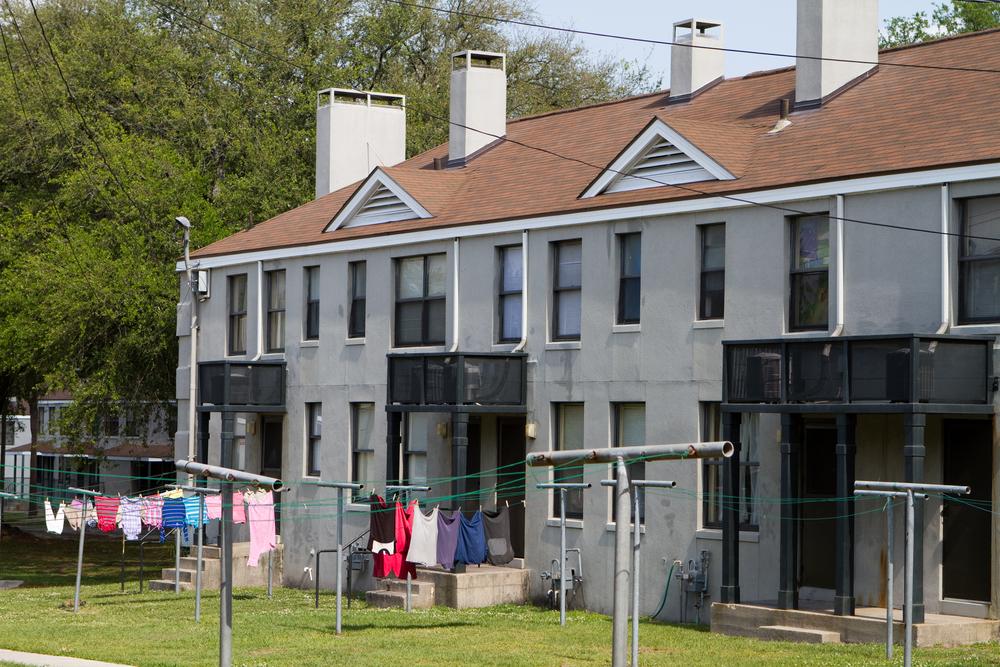Affordable Senior Living Options: Types of Low-Income Senior Apartments
Explore the various low-income senior apartment options available nationwide, including subsidized housing and retirement communities. Learn about eligibility requirements, different types of affordable senior living, and how these programs support independent seniors seeking safe, comfortable homes. The article highlights government initiatives to expand low-income housing solutions for elderly residents, emphasizing the importance of patience during application processes and the growing need for senior-specific accommodations.

Affordable Housing Options for Elderly Residents
Many seniors prefer independent living due to personal choice or changing circumstances at home. Financial limitations often influence this decision, making low-income housing a vital resource. The Department of Housing and Urban Development (HUD) offers various programs designed specifically to support elderly citizens with affordable living options. These housing projects are located nationwide and managed by government agencies, ensuring seniors have access to safe and suitable accommodations.
Eligibility Requirements for Senior Low-Income Apartments
Applicants must meet specific criteria established by HUD to qualify for these residences:
Must be at least 62 years old.
80% of residents should be over age 55.
Eligibility must be confirmed by local and federal authorities.
Families with children or young adults are generally not eligible, as these are senior-only communities.
Proof of identity is required for application.
Landowners may have additional policies, but at minimum, one resident must be a senior over 62.
Categories of Low-Income Senior Housing
These affordable residences are often situated in peaceful, low-pollution neighborhoods. Various types include:
Subsidized Senior Housing
Designed for independently capable seniors, these apartments are located in quiet areas with access to essential amenities. Due to high demand, waiting lists can be extensive, with allocations managed by HUD.
Retirement Communities
Specially created for older adults, these communities feature standalone houses, mobile homes, and duplexes. Residents can rent or purchase units, with recreational facilities and maintenance included for a small fee. Availability is based on vacancy and applicant priority, so patience is often required.
As senior populations grow, the government continues to develop and convert properties into affordable senior residences to meet the increasing demand.










